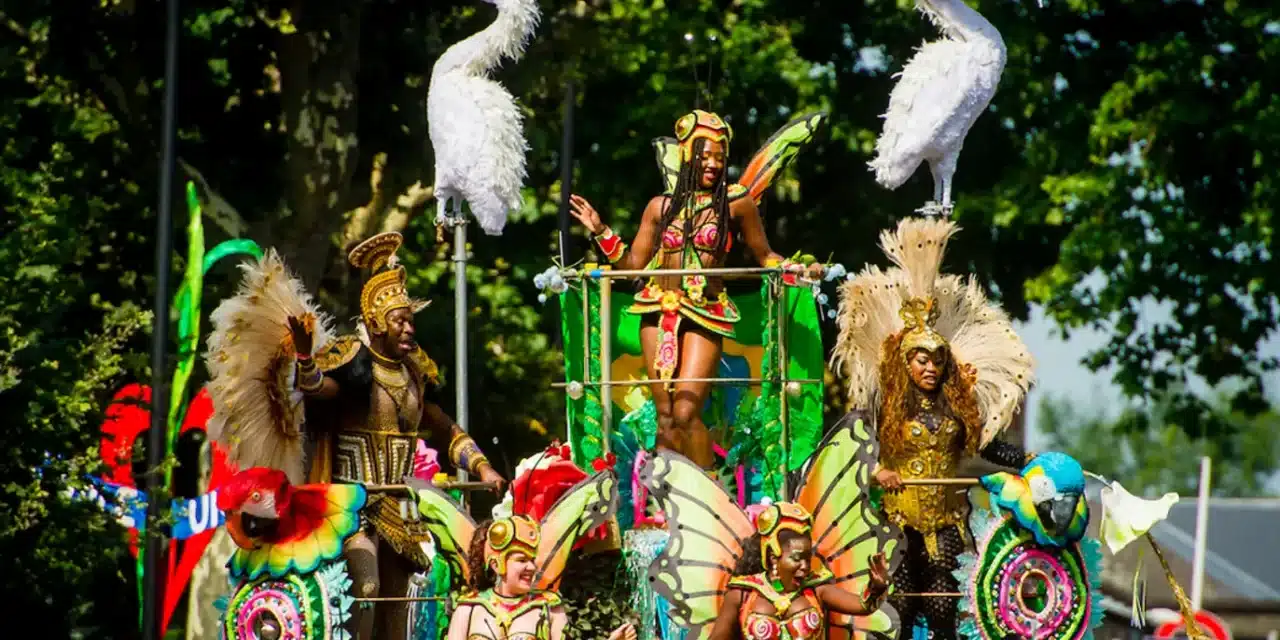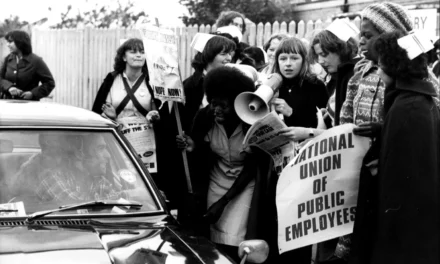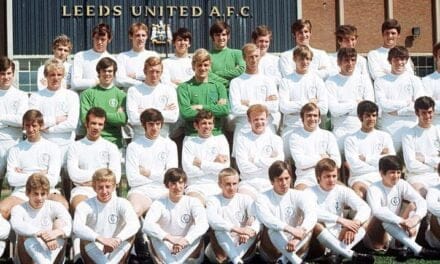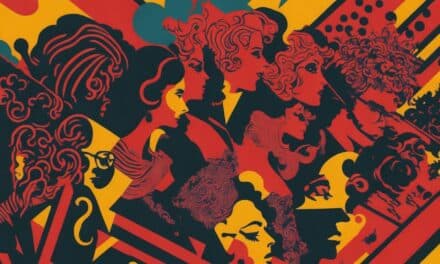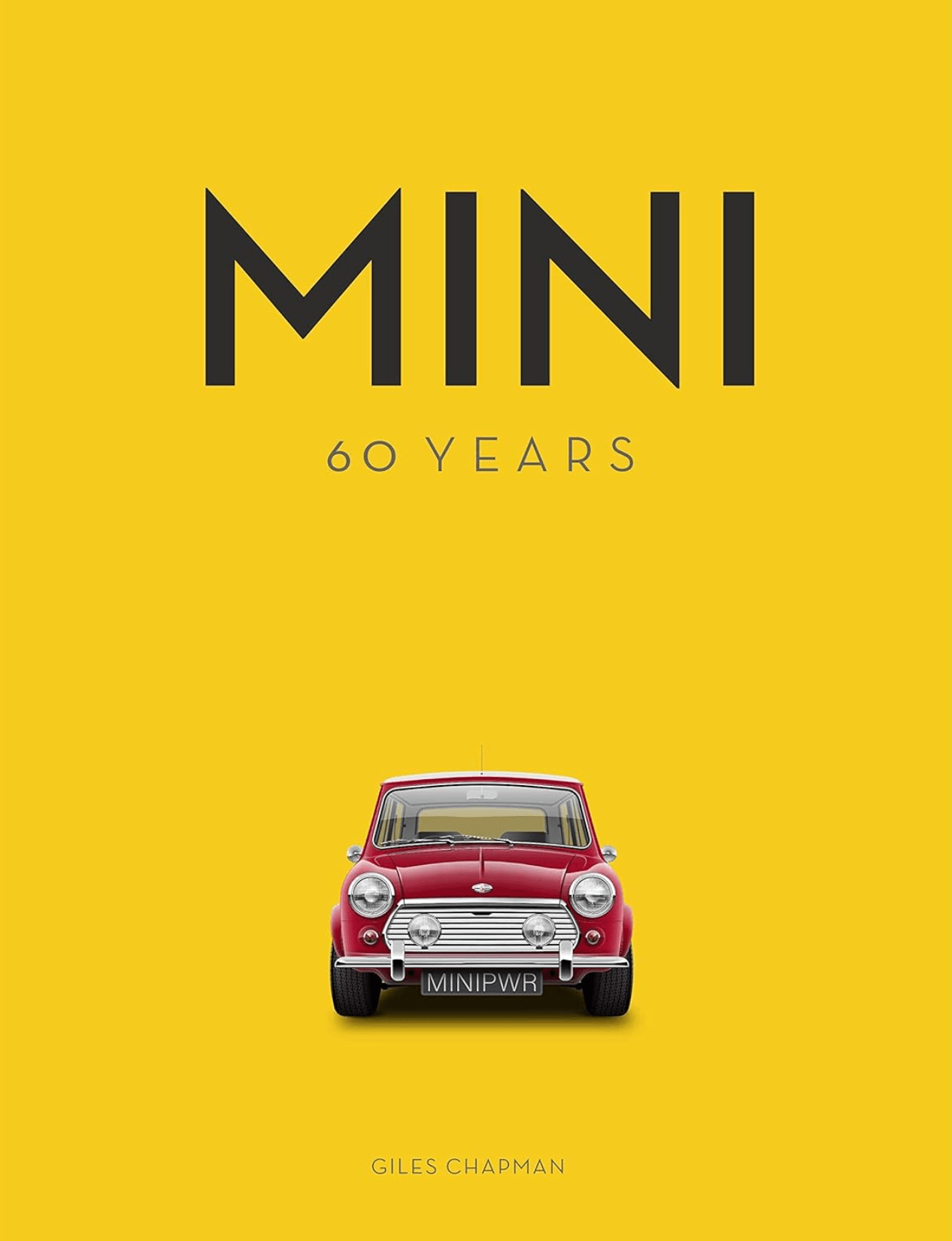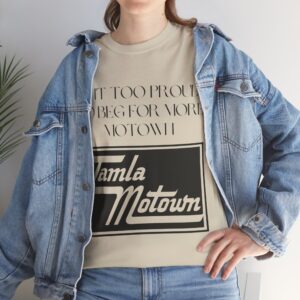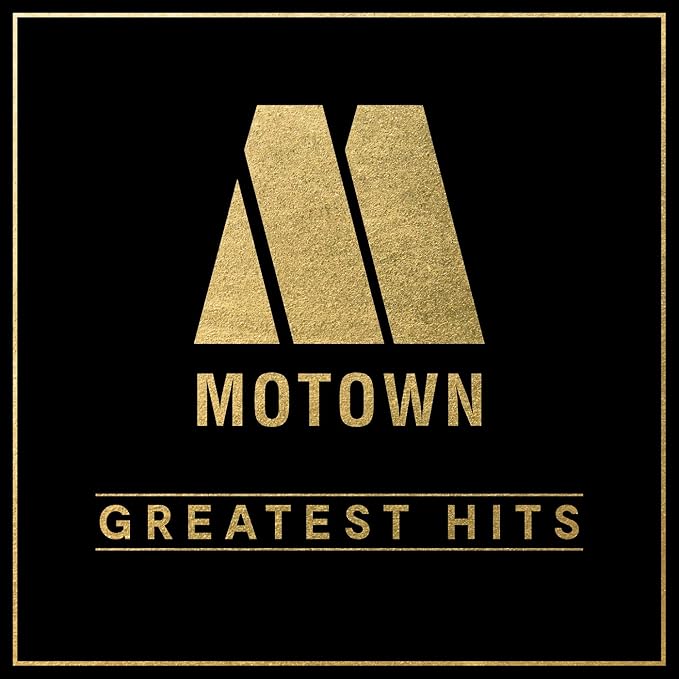Notting Hill Carnival is now Europe’s largest street festival and a world-famous symbol of London’s multicultural spirit. However the carnival originated in the late 1950s as a small community festival celebrating Afro-Caribbean culture during a time of hostile race relations in the Notting Hill area.
Beginnings in the Late 1950s
In 1958, activist Rhaune Laslett organised an indoor Caribbean carnival for children in response to the tense racial climate in Notting Hill at the time. This first indoor event featured steel pan musicians, traditional Caribbean food, and costume contests to engage local Afro-Caribbean youth and boost morale in the community. Though small in scale, it was a success and provided a space for Black Britons to proudly celebrate and share their culture. In 1959, Laslett decided to move the carnival outdoors to the streets. This allowed for larger crowds and a spirited parade of costumes. However, Notting Hill had experienced devastating race riots just the year before. The early outdoor carnivals were still relatively modest neighbourhood events, but they took on new significance by defiantly claiming public space after such violence and discrimination.Difficulties in the 1960s
Though vibrant, the early years of Notting Hill Carnival faced numerous challenges. As an outdoor event reliant on local volunteers, it often struggled to gain approval and financial support from local government and police. Organisers persevered throughout the 1960s to cement the carnival as an annual celebration of Caribbean culture, music and empowerment. Musicians performed calypso, reggae and early soca on steel pan and sound systems during the processions. Local designers poured creative efforts into elaborate masquerade costumes. Food vendors served up spicy jerk chicken, plantains and other Caribbean specialities. The carnivals of the 1960s highlighted Notting Hill’s rich Afro-Caribbean culture and community solidarity amidst continued racial hostility and economic hardship. Each year’s success bolstered the spirits and strength of participating groups and attracted allies of the Black British struggle for equality and acceptance.Turning Point in the Early 1970s
By the early 1970s, the Notting Hill Carnival had declined in scale and organisation due to dwindling funds and a fragmented committee system. To revive the event, younger activists from sound system collectives and steel pan groups came together to form a Carnival Development Committee. This new centralised leadership developed solutions for securing funding, coordinating volunteers, managing waste and logistics, and gaining the cooperation of police and local authorities. Their efforts paid off, allowing the Notting Hill Carnival to return to its former scale and glory through the first half of the 1970s. Whereas earlier carnivals were restricted to Portobello Road, the Development Committee gained permission to extend the parade route and number of sound system stages. By bringing better organisation and ambitious vision, they paved the way for the carnival’s explosion in popularity later in the decade. The early 70s also saw more mainstream media coverage of the festival as it grew larger and more prominent. Documentaries showcased the culture and community politics behind the scenes. News items generated excitement and painted the carnival as a world-class event representing a new multicultural Britain.

